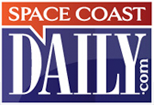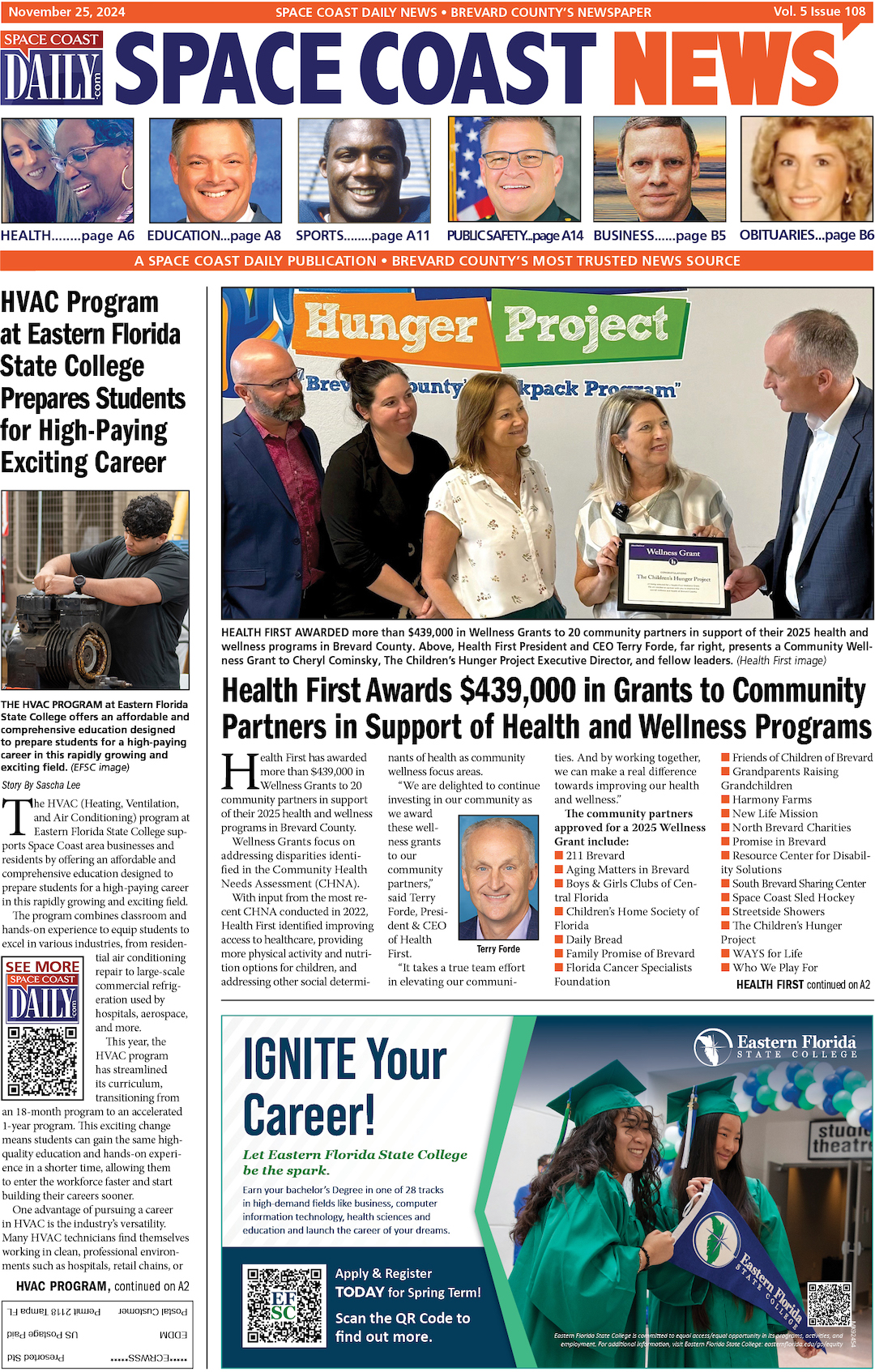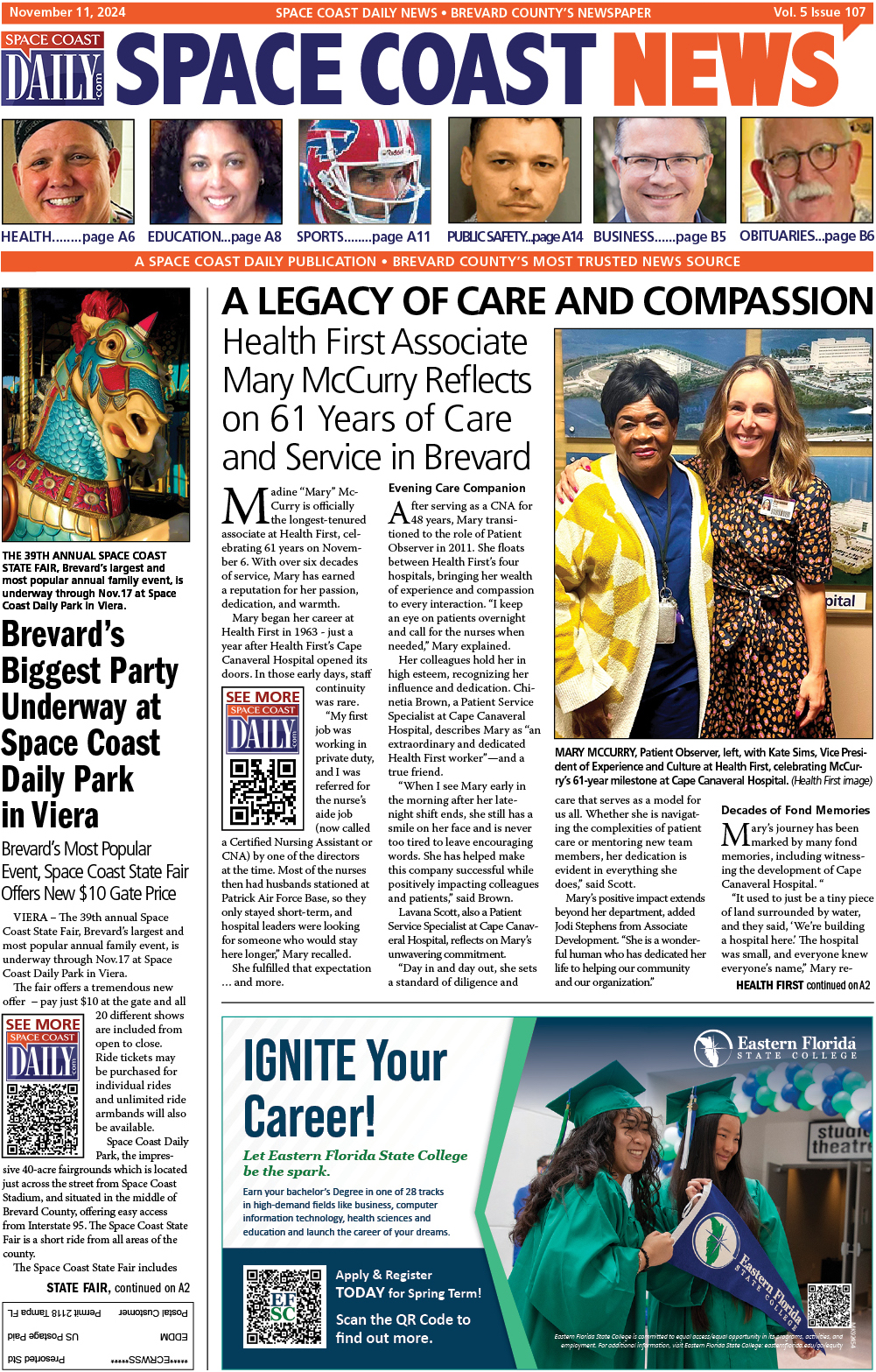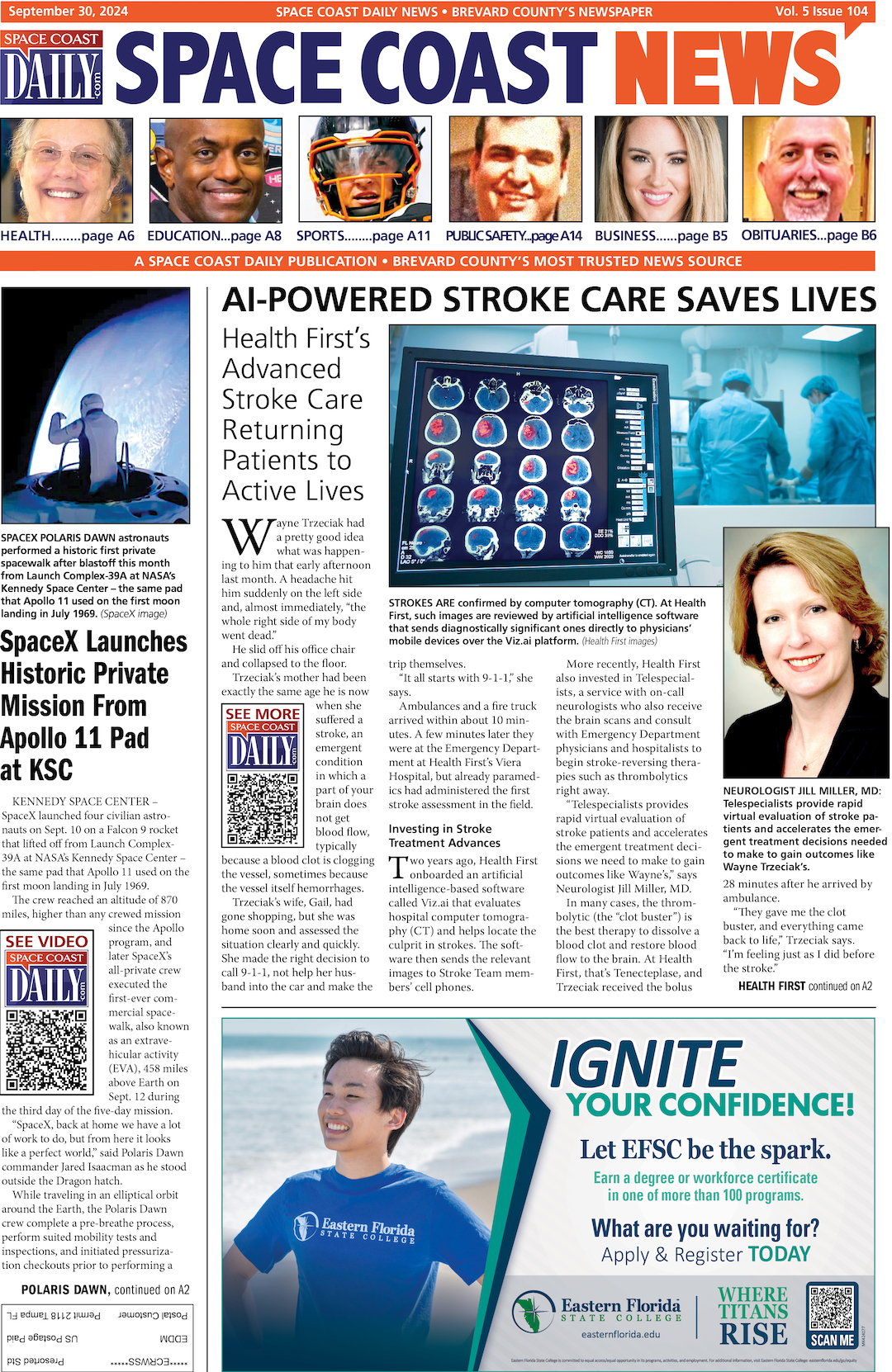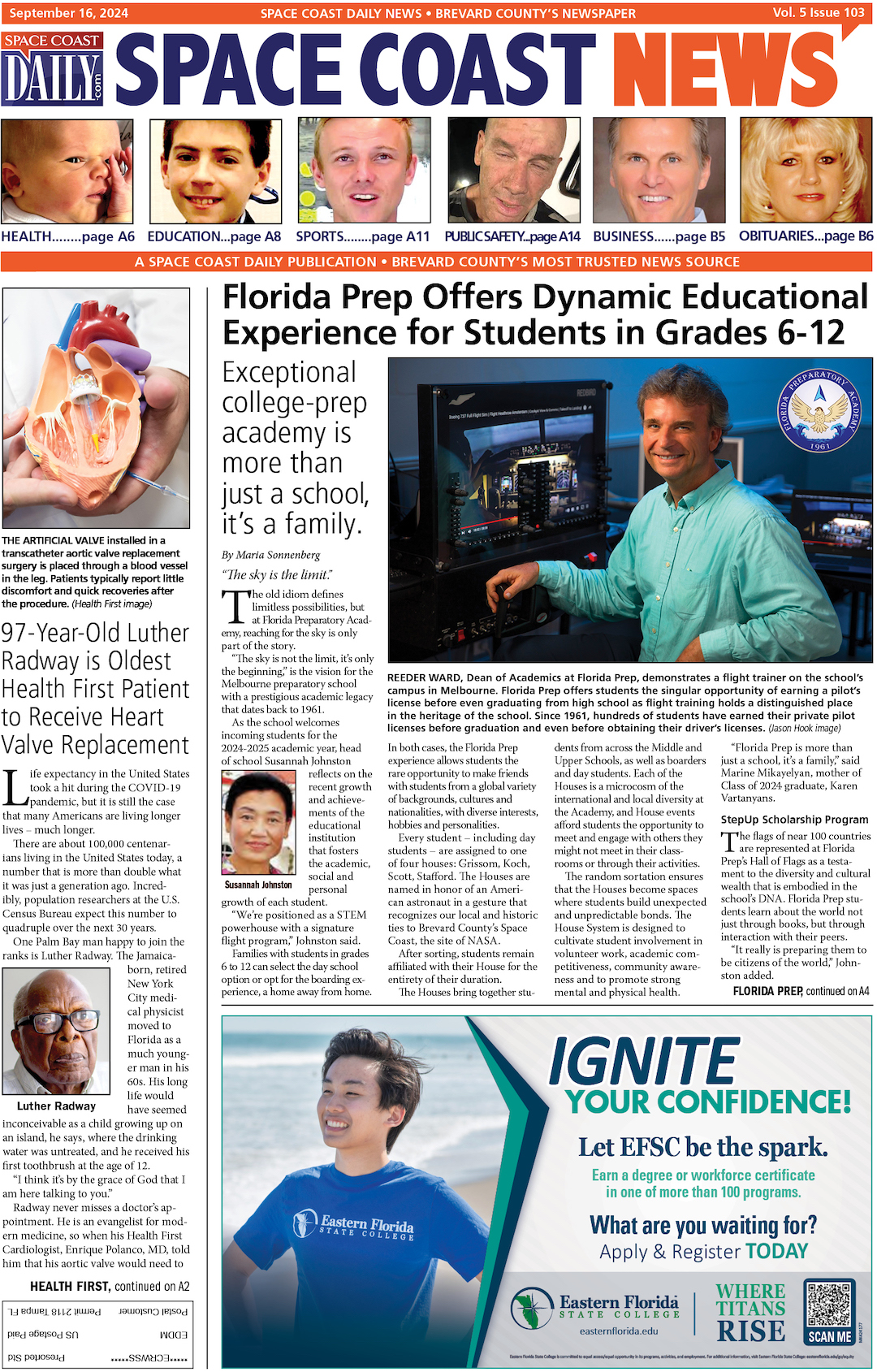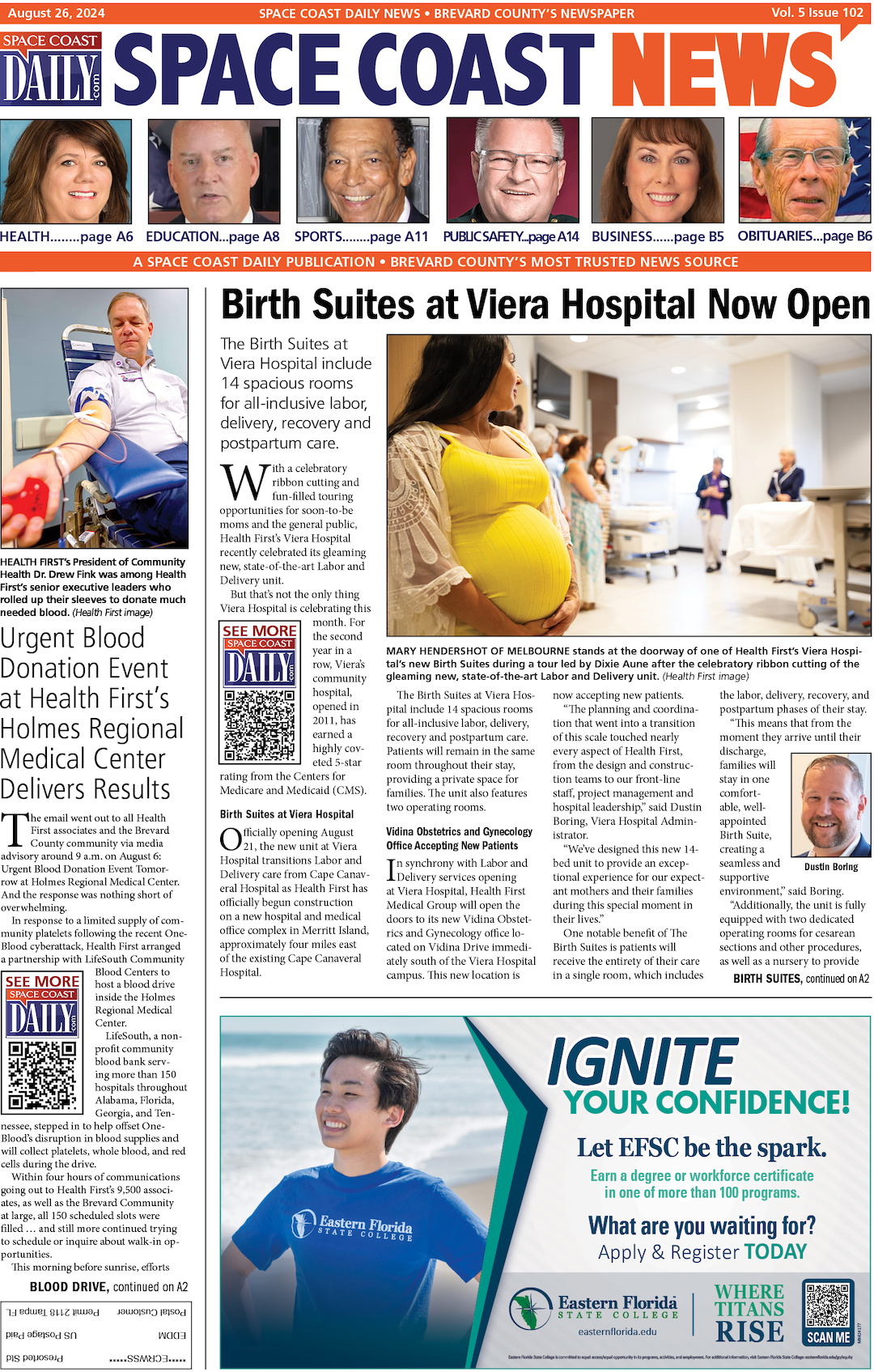NASA Networks Support First Commercial Launch of NASA Astronauts From U.S.
By Space Coast Daily // June 1, 2020
NASA’s Commercial Crew Program works with U.S. aerospace companies developing launch systems
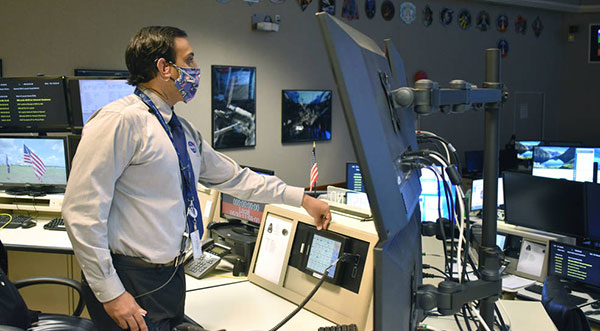
(NASA) –A SpaceX Crew Dragon spacecraft launched Saturday from the historic Launch Complex 39A at NASA’s Kennedy Space Center in Florida to the International Space Station as part of SpaceX’s second demonstration mission under the Commercial Crew Program — the first mission to launch American astronauts on American rockets from American soil to the station since the Space Shuttle Program.
The Crew Dragon ferried NASA astronauts Robert Behnken and Douglas Hurley to join the Expedition 63 crew aboard the space station. NASA’s communications networks — overseen by NASA’s Space Communications and Navigation (SCaN) program office — supported this Commercial Crew Program milestone, just as they will support all Crew Dragon and Boeing Crew Space Transportation (CST)-100 Starliner missions.
“Our primary focus is robust and reliable communications with the crew,” said Neil Mallik, Human Space Flight network director at NASA’s Goddard Space Flight Center in Greenbelt, Maryland.
“We have been improving the network across the board to provide enhanced communications services for crewed spacecraft to ensure astronauts have continuous contact with the Mission Control Center at NASA’s Johnson Space Center in Houston and the Mission Control Center at SpaceX headquarters in Hawthorne, California. These improvements range from diverse and redundant terrestrial data paths to enhanced relay satellite pointing capabilities to actively respond to potential abort scenarios.”
NASA’s Commercial Crew Program works with U.S. aerospace companies developing launch and spacecraft systems capable of carrying crew to the space station.
Safe, reliable, and cost-effective transportation services to and from the station will expand the use of the orbiting laboratory while enabling NASA to focus resources on deep space exploration missions like the Artemis missions to the Moon.
“It’s an exciting time to be in human spaceflight,” said Mallik. “Our teams are busier now than it has been in the past.”

For the Commercial Crew Program, the Space Network, which consists of ground stations and a collection of relay satellites in geosynchronous orbit, provides data and voice communications to and from the crew and the spacecraft for the entire mission lifecycle — from launch through rendezvous to the space station, from docking through undocking, and from reentry through splashdown or landing.
The Human Space Flight Network also collaborates with the U.S. Air Force’s Eastern Range and 45th Space Wing to provide independent ground-based orbit determination in the event of off-nominal operation conditions.
When in close proximity to the space station, the Crew Dragon uses a direct, S-band data link for exchanging audio, video and telemetry data through the Common Communications for Visiting Vehicles (C2V2) system. C2V2 was designed to unify all communications from visiting spacecraft to the U.S. segment of the space station into a single system, streamlining operations.
Once docked, data from the Crew Dragon is routed to the space station’s onboard communications system through a hardline umbilical connection.
In addition to communications services, NASA’s Search and Rescue office has joined with the Human Space Flight network to provide the Commercial Crew Program with responsive location services through the international search and rescue network, Cospas-Sarsat.
The Crew Dragon is equipped with an emergency beacon that can provide an accurate location anywhere in the world near-instantaneously upon activation.
Each crew member also is equipped with a personal locator beacon to be used in the event they need to exit the capsule prior to normal planned recovery operations.
“We’ve harmoniously incorporated Goddard’s Search and Rescue office into our team,” said Mallik. “This further enhances the network capabilities and services we offer our commercial partners, improving astronaut safety.”
CLICK HERE FOR BREVARD COUNTY NEWS
